- Call us: 01444 237070
- Contact Us
- Stores
- Sign In / Register
-
- Back
- Used Cameras
- Used Accessories
- Used Lenses
- Used Video
- Used Film Equipment
- Used Stock Alert
- Used Blank Test
- Sell or Part Exchange
- Used Clearance
- Recently Added Used Equipment
- Park Picks
- All Used Black Friday Deals
- Faulty
- Trade-In
- Blog
- New in
- Call us
- Contact us
- Stores
- Sign in
- Categories
- Tips & Inspiration
- Reviews
- News
- Events
- Features
- Buying Guides
- Competitions
Sony A7CR Review
In celebration of used week, which highlights second-hand camera equipment that you can get at significantly reduced prices compared to new, we decided to take a first-generation Sony A7CR camera on a short UK staycation.
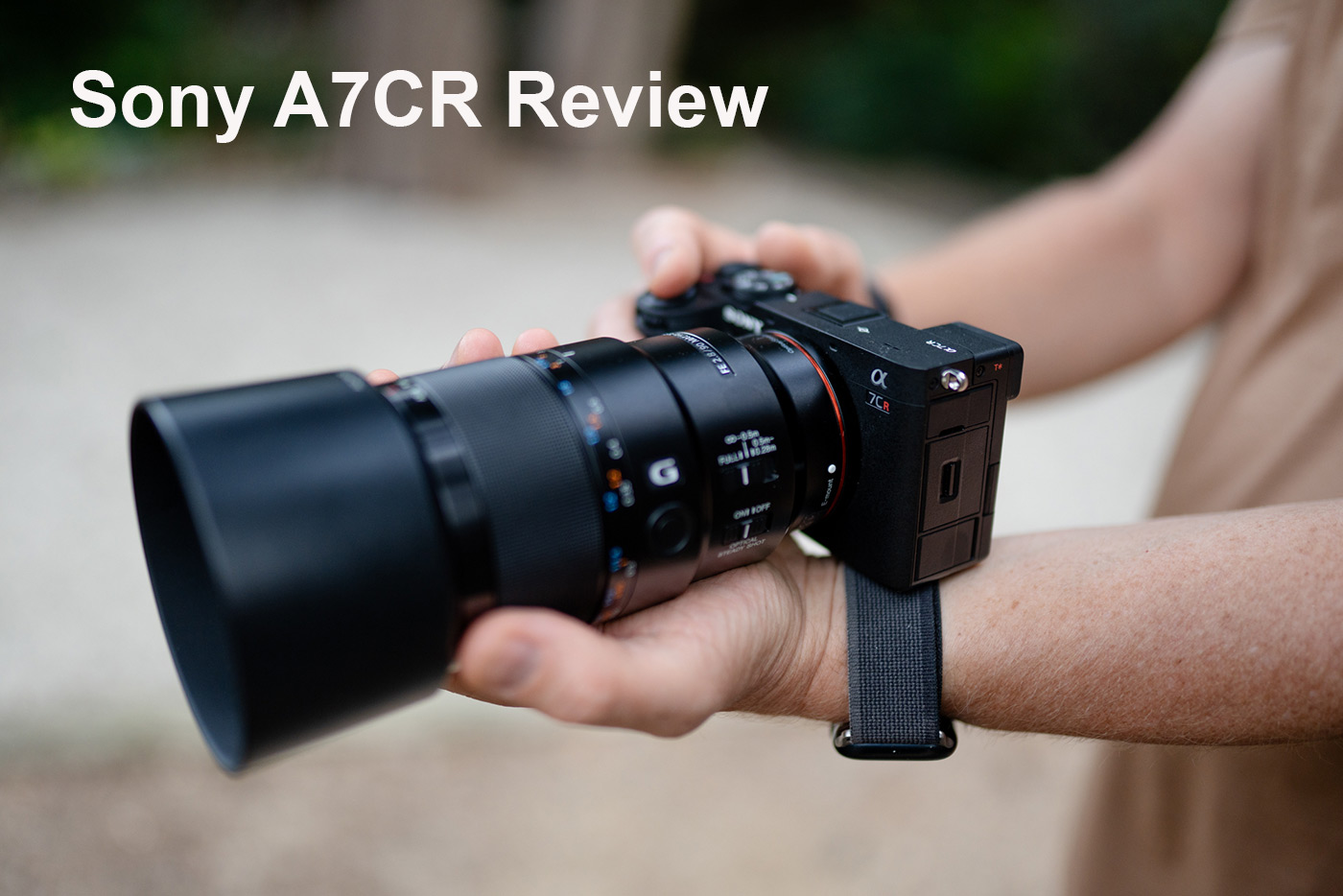
In many ways, the C (Compact) series of Sony Alpha cameras returns to the original idea behind mirrorless cameras, which is being as small as possible while still delivering advanced features, with excellent image quality.
The R version (high Resolution) was released alongside the near-identical second-generation A7C II, and this Sony A7CR review looks at just how capable the super portable, interchangeable-lens camera is, despite being the smallest full-frame model in Sony’s current lineup.
Our original Sony A7C II And A7CR Camera Review covers a more detailed specs comparison if you’re interested about how they stack up on paper, whereas this hands-on review focuses on real-world usability and image quality from out in the field.
So without further ado, let’s get stuck in and see whether this could be the perfect used Sony camera for you.
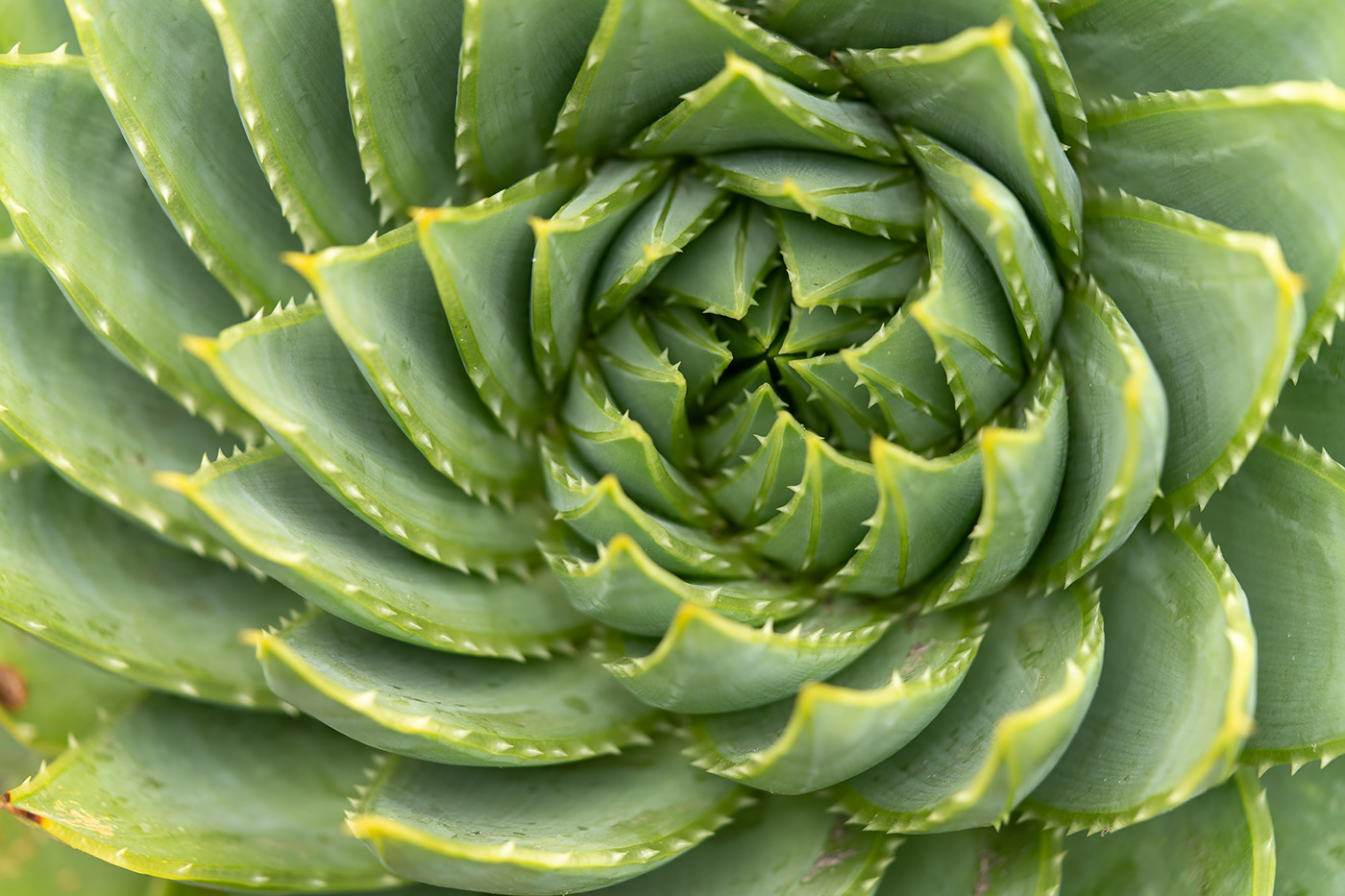
Sample succulent. 1/400. f/2.8 ISO 640
What is the Sony A7CR price?
The A7CR was released in 2023, and was the first ultra-compact C-series full-frame interchangeable lens camera to feature Sony’s impressive 61MP sensor. A brand new A7CR today costs in the region of £2,999.00, while a Sony A7CR Used starts for significantly less, at roughly £2000.00, depending on condition.
While this isn’t entry-level by any means, it is a good price considering the features, which we explore next.
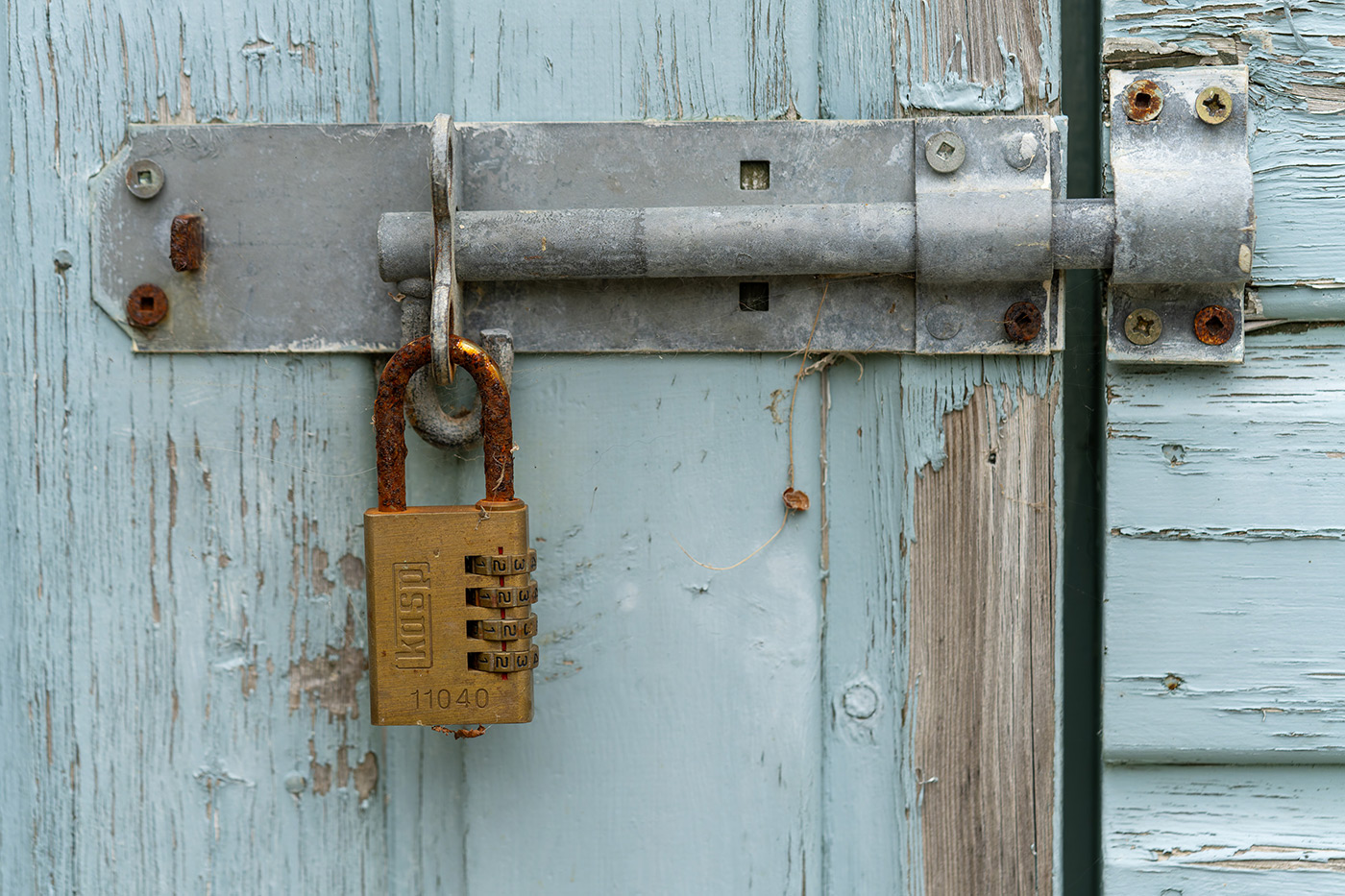
Sample lock. 1/400. f/4 ISO 800
A7CR Features
Sony didn’t hold back when developing the high-resolution A7CR, and managed to pack some of the latest tech from across the Alpha range into this ultra-compact body.
The size is a great starting point when looking at features, as the Sony A7CR dimensions are approximately 124.0 x 71.1 x 63.4 mm, with a weight of just 515g including the memory card and battery. That’s almost as small and light as the flagship A6700, which is an APS-C camera, and comes in at 122.0 x 69.0 x 75.1 mm and 493g.
Aside from being ultra compact, other key features include:
- The same 61-megapixel sensor found in the high-end A7R V
- The BIONZ XR processor provides fast image processing and performance
- In-body stabilisation offers up to 7 stops of compensation with a stabilised lens (OSS)
- Real-time recognition AF powered by a dedicated AI processor for subject recognition and tracking
- Multi-shot pixel shift mode creates composite images up to 240MP
- Continuous shooting up to 8fps with full AF and AE tracking
- 0.39-type XGA OLED EVF with 2.36M dot resolution
- 1.04M dots 3-inch vari-angle LCD touchscreen
- Single UHS-II SD card slot
- The camera has no mechanical shutter, and is electronic first curtain shutter
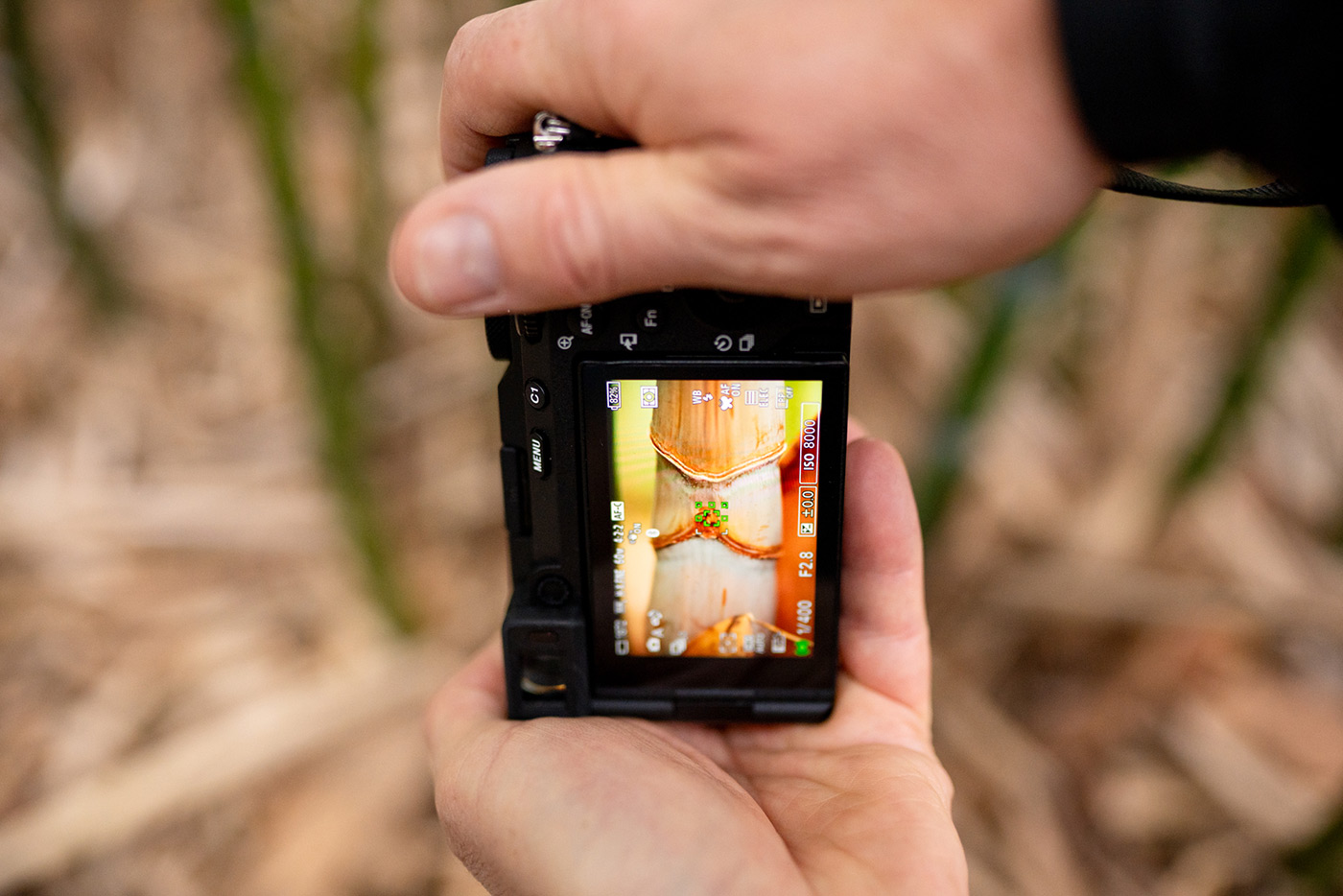
Where the A7C II shares much of its technology with the A7 IV, it’s no surprise that the high-resolution A7CR borrows heavily from the A7R V, which is Sony’s flagship high-res model. While it’s definitely a hybrid camera, the 61MP sensor’s slower readout speed makes it more suited to still photography than to video. That said, it’s perfectly capable of capturing high-quality 4K movies, I just shot entirely stills for this review.
Our Sony A7C II and A7CR review goes into specs in more detail if you want to see how they compare on paper. Here, we’re looking at usability and image quality, starting with image quality.
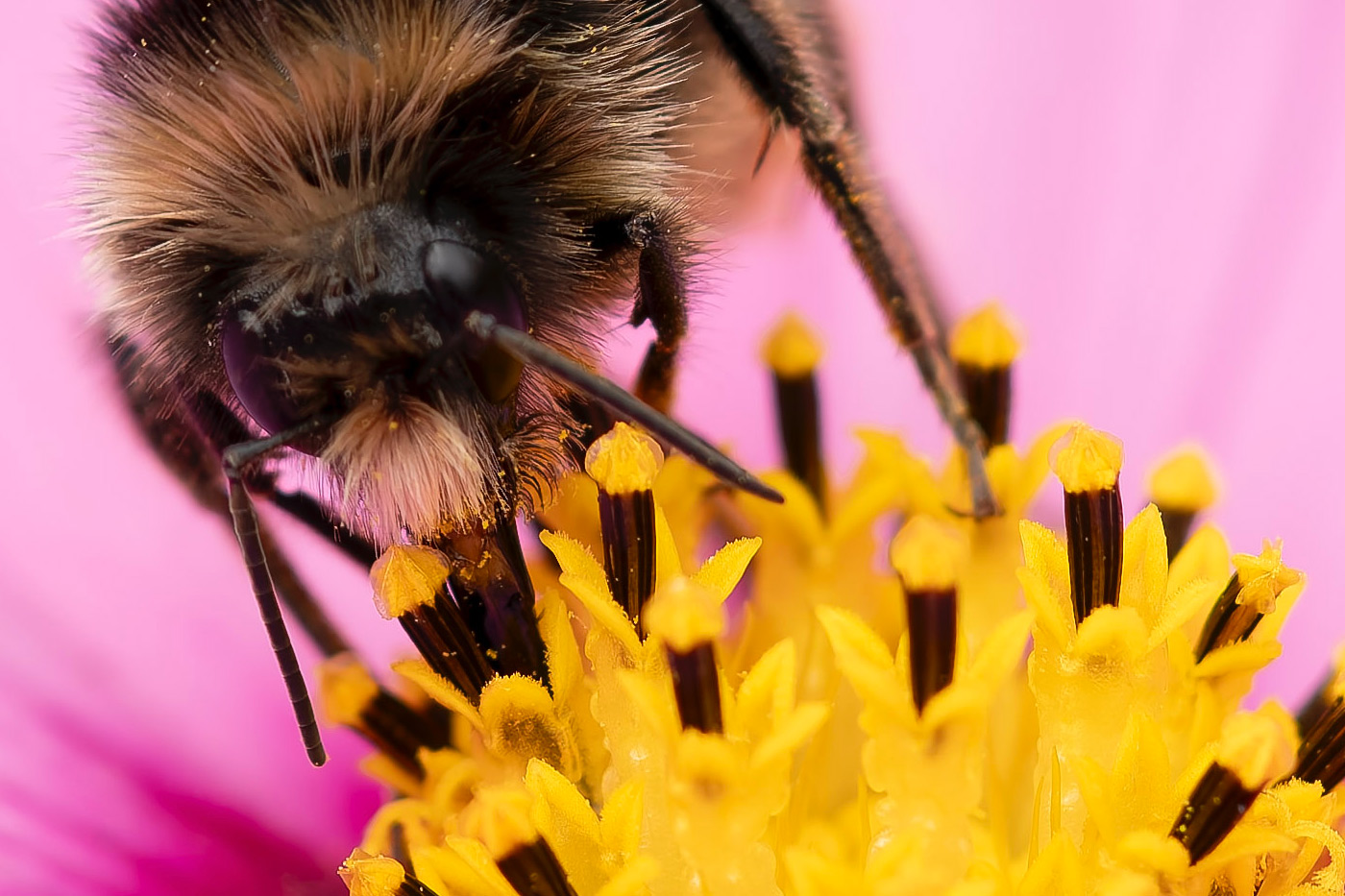
The level of detail you can expect from the 61MP sensor (full-size 100% crop)
Image quality
There are many factors that influence image quality, and despite its compact size the A7CR is capable of producing just about the highest standard of stills you’ll get from any current Sony camera. Combined with its size and portability, this is probably the main reason to choose it over the A7C II, or other models in Sony’s range for that matter.
Naturally, the sensor plays a big role, delivering exceptional detail with both high resolution and wide dynamic range, alongside excellent colour rendition. Improvements to colour come in part from the updated auto white balance (AWB) system, which is powered by the AI processor, although the lens you choose also plays an extremely important part in the final result.
For this review I shot exclusively with a used Sony FE 90mm f/2.8 Macro G OSS, which is featured separately in our Sony FE 90mm f/2.8 Macro G OSS Review. That review includes more sample images from the A7CR for anyone interested.
Back to the camera, and the AI processor provides a lot more than just better AWB, as it also drives a fast and accurate autofocus system, which is effectively the same one found in Sony’s latest bodies from the flagship A1 II to the A9 III. It recognises and tracks a wide range of subjects, including people, birds, animals, insects and certain vehicles, and it adds an Auto Recognition mode, which isn’t in earlier cameras.
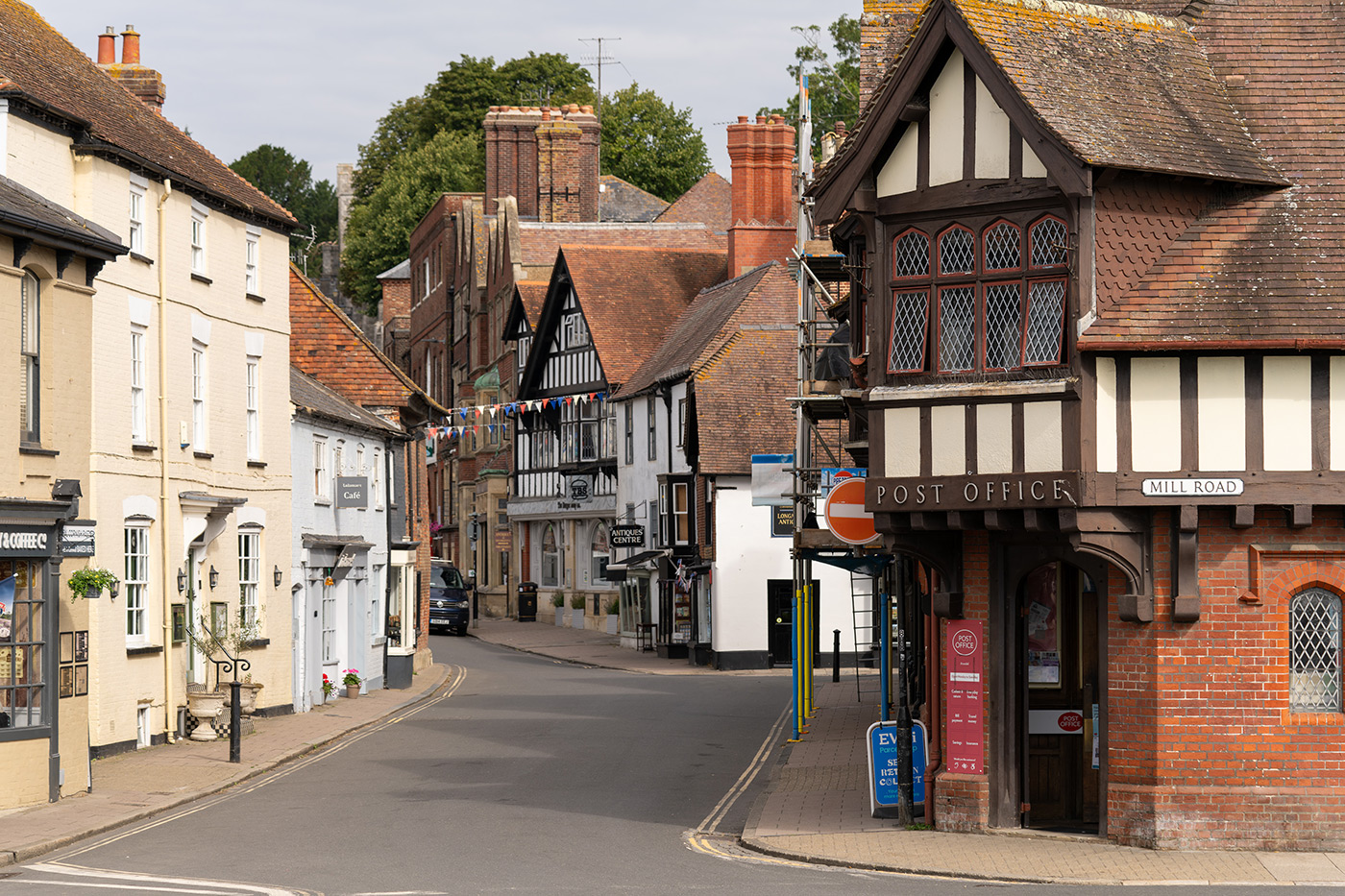
Sample olde worlde. 1/400. f/5.6 ISO 100
If you’re new to Sony, their AF system can be something of a revelation, and is one of the main benefits of the system. It’s highly effective, especially when combined with in-body image stabilisation, which also helps to deliver sharp results. Autofocus continues to work down to EV-4 in low light, which is respectable for a camera of this type.
Noise control is very good too, with a base ISO 100 rising through to a native ISO 32000, although this is becoming less of an issue thanks to such effective noise reduction found in editing software these days.
The camera captures photos in 14-bit RAW. While a few specialist alternatives such as the Fujifilm GFX 100 and Hasselblad X2D offer 16-bit RAW, the real-world benefits are minimal for most users. In contrast, the A7CR’s ability to record HEIF in 4:2:2 is genuinely useful, offering better image quality and more processing flexibility than JPEG, although that is also available.
If stills image quality is your top priority, the A7CR easily ranks among the best full-frame cameras available today, but image quality isn’t everything. Let’s take a look at handling.
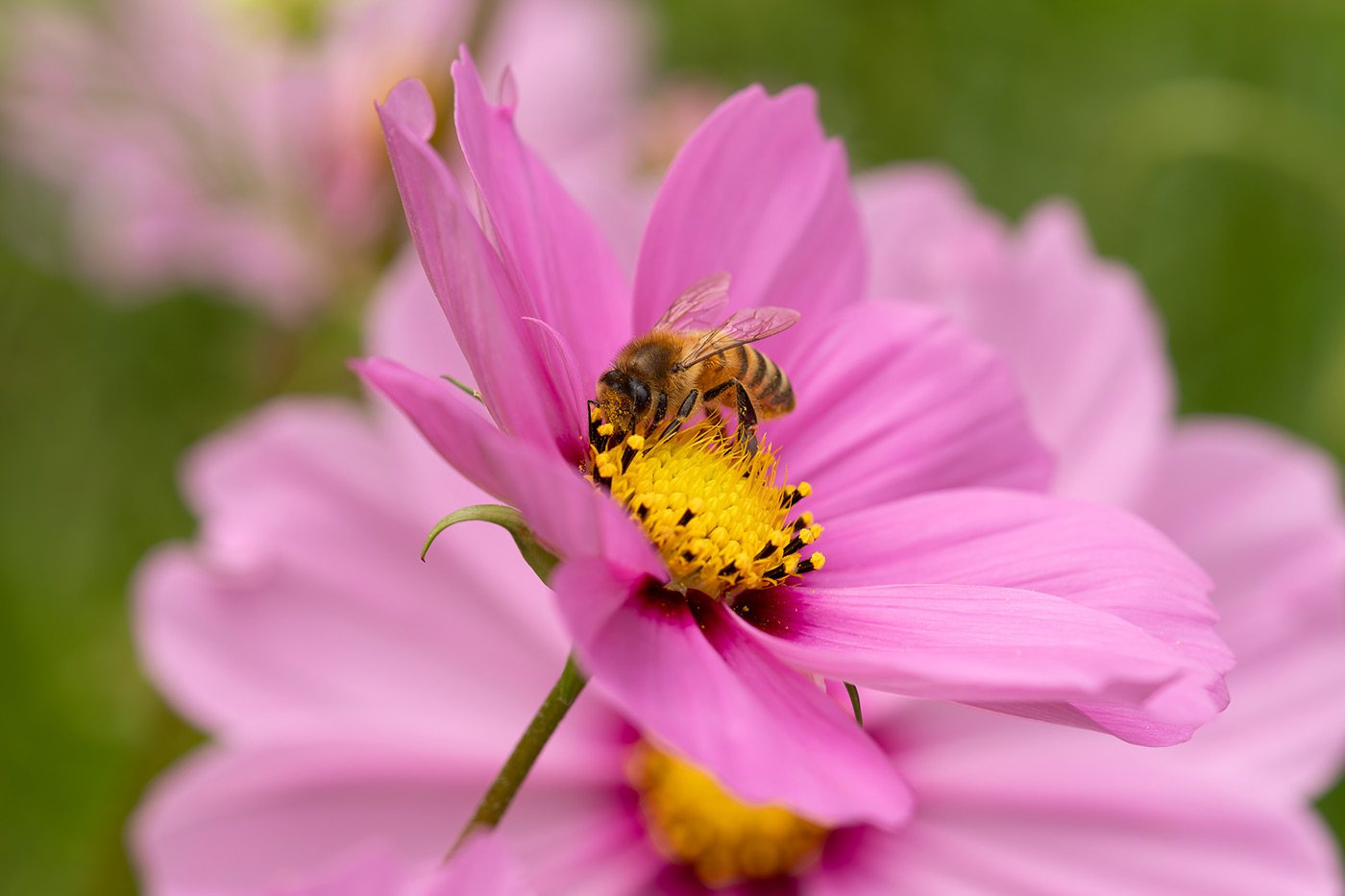
Sample pollinator III. 1/400. f/5 ISO 200
Is the A7CR easy to use?
With such a compact design, you might expect the A7CR’s handling to leave something to be desired. While that may have been true for the first generation, this model feels really well rounded.
Handling benefits from a slightly larger grip, which is comfortable enough even for my larger hands. The EVF has also been updated, and although its 2.36-million-dot resolution is about average, the 0.70x magnification gives a decent preview of the scene with quite clear image playback to check focus.
I like having a dedicated exposure compensation dial, which this body includes, and the addition of a front control dial makes a big difference to usability. The 1.03-million-dot LCD is an articulating touchscreen that provides access to the improved menu system, focus control, and plenty of other features. While the LCD’s resolution isn’t class-leading and it’s not fully articulating like on some high-end models, it works well for most situations.
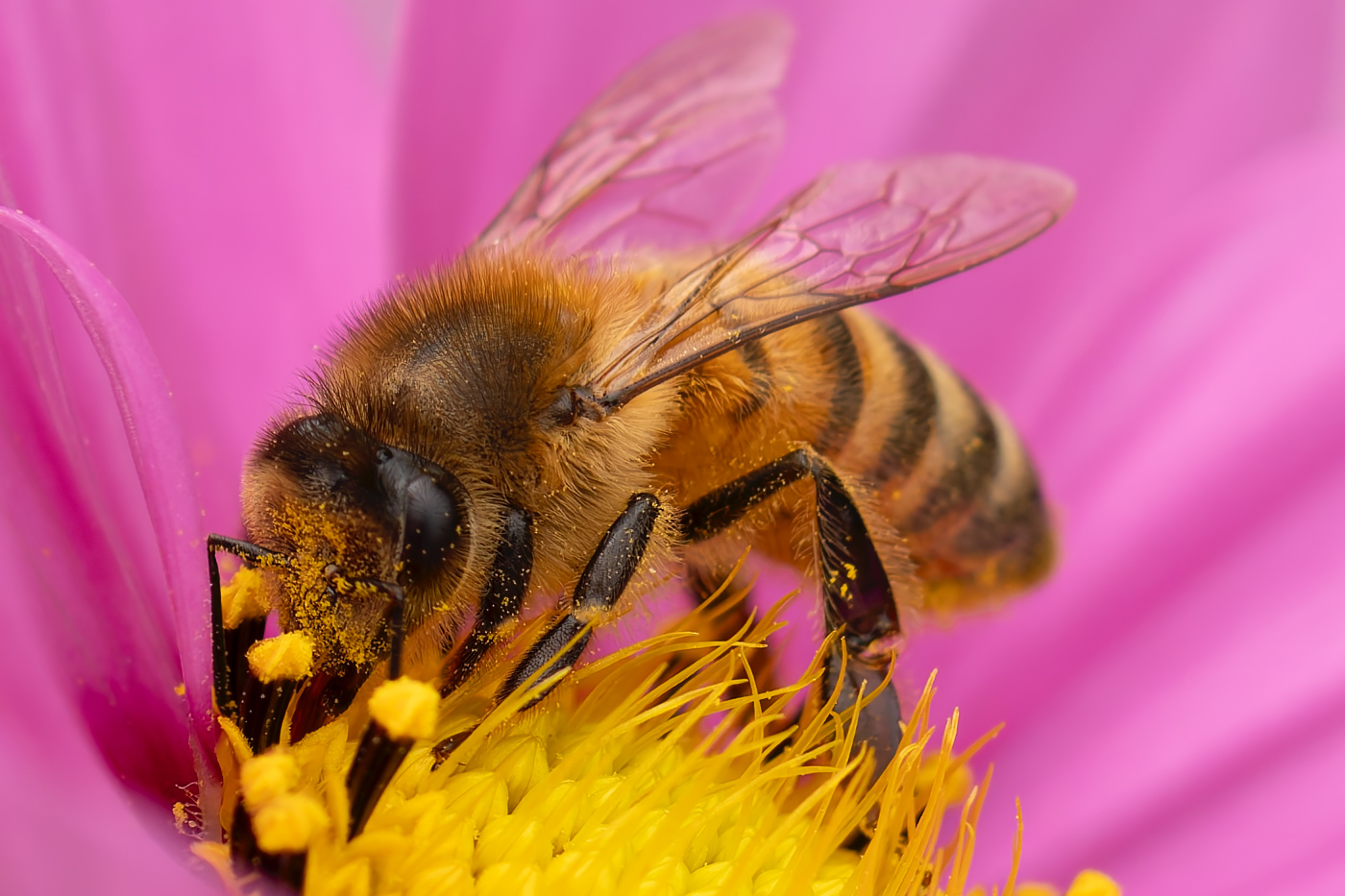
Another 100% crop showing detail from previous image
Touch functionality allows you to track focus, trigger the shutter, and more. I found myself using the rear panel as much as the EVF, as it made it easier to shoot from tricky angles and get closer to subjects without getting into awkward positions.
While some users will prefer a larger body for the extra grip and heft, the whole point of the A7C series is to be compact and lightweight, which is something the A7CR achieves while still delivering an overall satisfying shooting experience.
I did come across a minor gripe with the menu, which doesn’t allow you to set a specific shutter speed for Auto ISO when using a minimum shutter speed. Instead, you can only choose from the basic Slow, Fast, or Faster settings. It’s not a big deal, but it does highlight how this series differs slightly from professional models like the A7R V.
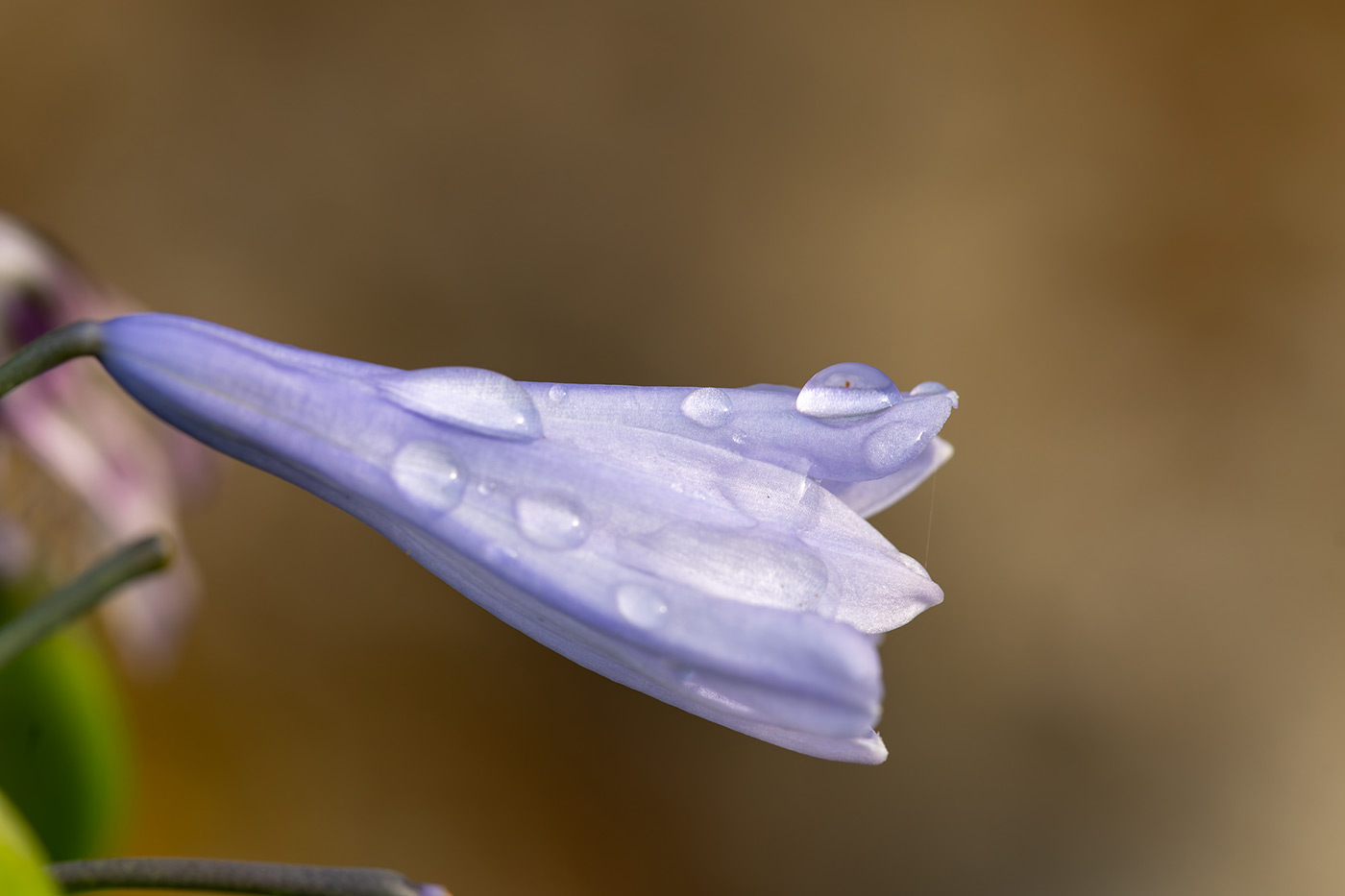
Sample background blur. 1/400. f/5.6 ISO 500
Who should buy it?
The A7CR is all about size, portability, and image quality. If these are some of your main priorities it makes an excellent choice for quite a broad range of users, including:
- As a second body for event and wedding photographers, where the lightweight design is easy to carry. It also delivers colour consistency and similar image quality to other Sony full-frame bodies, helping save time in post-processing.
- As a first body for shooting street, travel, or documentary, where a small, unobtrusive camera is an advantage.
- For travel, nature, and landscape photographers who want the lightest possible kit with high-end image quality in the field.
- For astrophotography and low light, while not class-leading, low light performance is still good enough for night skies and general low light shooting.
- As a general-purpose camera for beginners or enthusiasts looking to advance their skills with the benefits of a full-frame system.
A camera is only as good as the lens, so if the A7CR sounds right for you, take a look at lenses next.
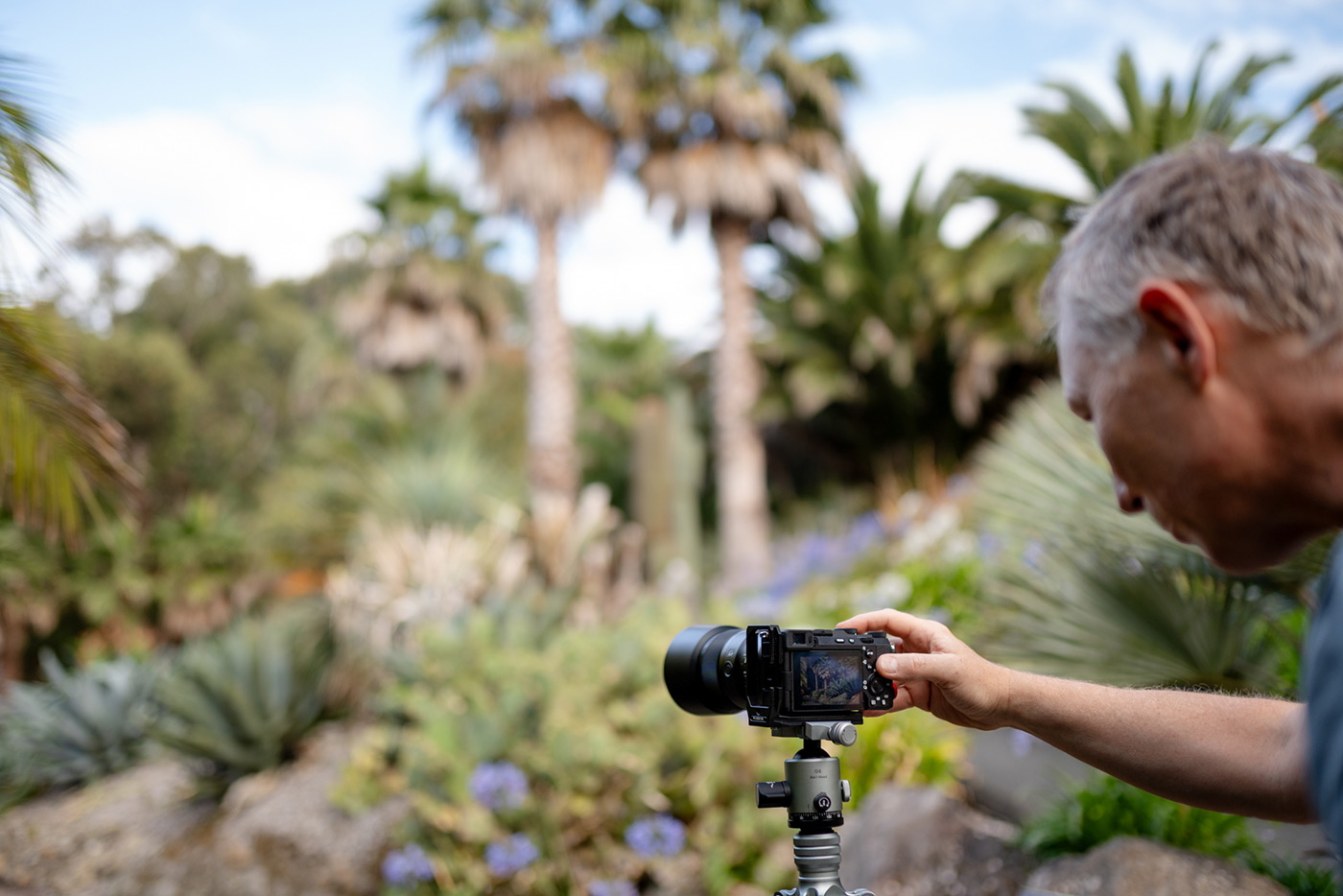
Lenses and accessories
The Sony E mount lens ecosystem is one of the most comprehensive, and you’ll find every conceivable focal length for every budget from a huge variety of lens manufacturers. Whether you want a lightweight prime lens kit to complement the body, or a portable all-in-one zoom for travel, you can definitely find whatever you need, especially if considering a used Sony lens.
Accessories are equally abundant. I’d start with a spare Sony NP-FZ100 Rechargeable Battery, which will give you around 500 shots per charge. If you don’t have a UHS-II card, the Lexar 128GB Professional 1800x 270MB/S UHS-II V60 SDXC Card Gold is a great option, catering to high-speed and high-resolution burst, as well as 4K recording. There’s more info for beginners about memory cards in our post Memory Cards Explained.
Some users like to add the GP-X2 Extension Grip, which improves handling, while adding just 75g weight, however I prefer to use a Peak Design Cuff Charcoal Wrist Strap for secure handheld shooting, together with a universal 3 Legged Thing Lexie Universal Arca-Swiss L-Bracket for tripod mounting.
I’m fortunate to have a lot of experience with the A7R V, and the A7CR image quality is very similar, with differences being more about handling. The larger body features more controls and customisation, brighter screens and overall better handling, but this comes at a cost, both financially and in terms of weight.
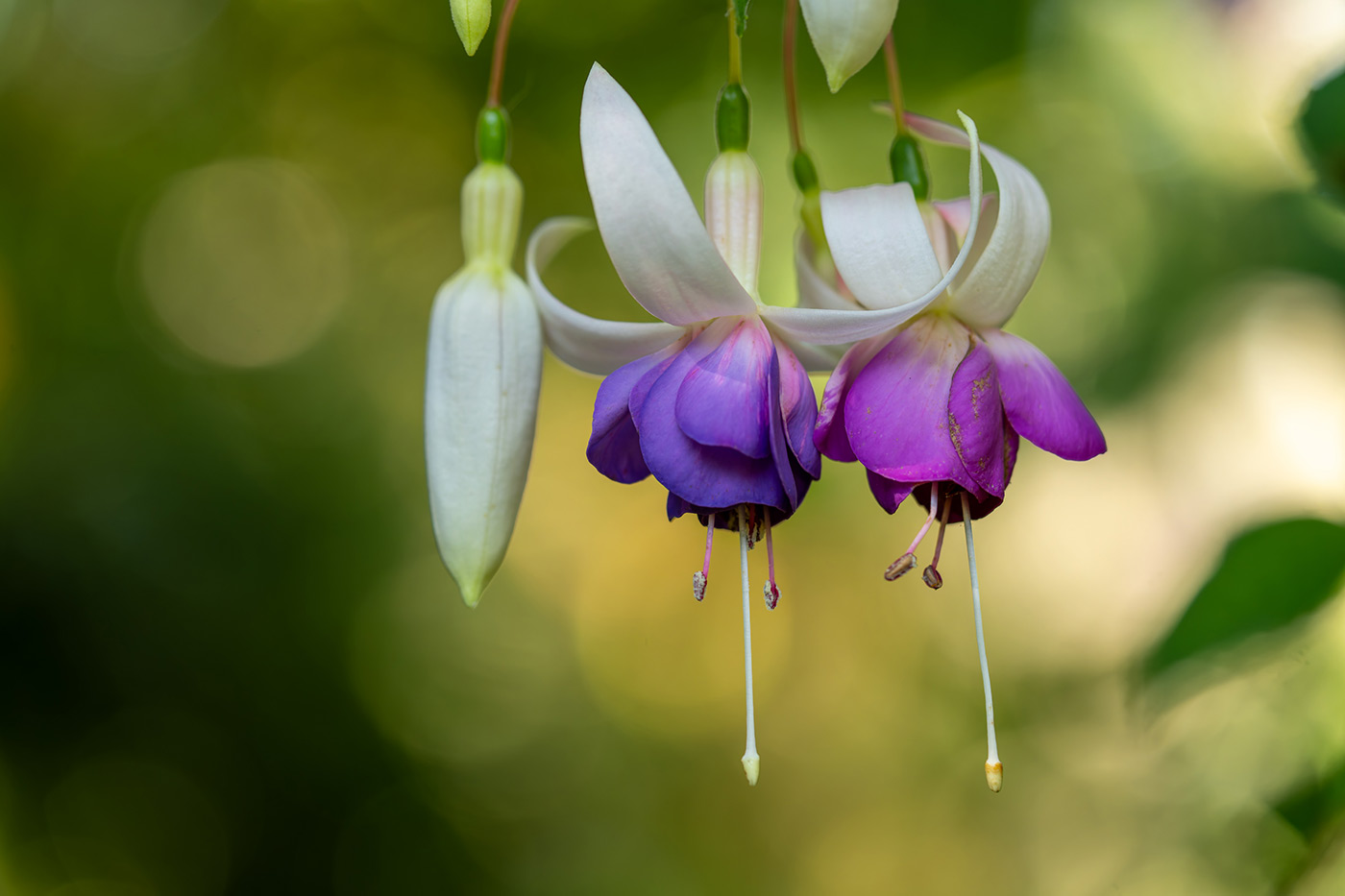
Sample dreamy flowers. 1/400. f/4 ISO 800
If you want to travel as light as possible, there’s no better full-frame option in Sony’s current lineup, unless that is, you’re considering the RX1R III compact, which has a fixed lens and comes at a much higher price.
It’s ideal for all sorts of subjects including travel, street, and landscape, for just about anyone who is impressed by its portability, and image quality. It’s also a great choice for documentary, everyday photography, and even astrophotography if that’s your style.
The headline features of course include Sony’s brilliant 61MP high-resolution sensor from the A7R V, the latest AI-driven real-time recognition AF, up to 7 stops of in-body stabilisation. These combine with good ergonomics, usability, and noise control, which feature in a body that weighs just 515g!
If you’re ready to add one to your kit, you can pick up a used Sony A7CR for significantly less than new, allowing you to add plenty of accessories with the money you save. On the other hand you may want a brand new model, in which case shop for a new Sony A7CR and enjoy the creativity this little camera provides.
Share this post:
By Nick Dautlich on 02/10/2025
Nick Dautlich
Senior Content Writer and Product Reviewer
Nick Dautlich is the Senior Content Writer and Product Reviewer at Park Cameras, with over 15 years of photography experience. A Sony Imaging Professional and expert reviewer, Nick has worked with major brands such as Canon, Sony and Nikon. His work is also featured on Vanguard World UK’s website, Capture Landscapes, and Shutter Evolve. Nick’s photography includes National Trust projects and magazine covers and he is passionate about landscapes and storytelling. Nick also enjoys hiking and teaching his children about nature. Learn more on his profile page.
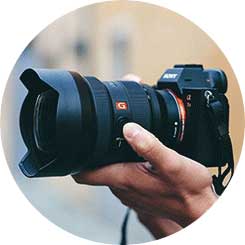
Trade in your old equipment
Fast and easy trade in service ensures your old gear is collected efficiently and you are paid quickly! It's very simple to trade in your unwanted photography gear. Just head over to our dedicated Sell or Part Exchange page, fill out the details, and we'll get back to you with an offer for your old gear. Take the cash, or put it towards the cost of your new gear. It's up to you! Find out more
sign up to the newsletter
Keep up to date on the latest photography news, events and offers. Sign up now